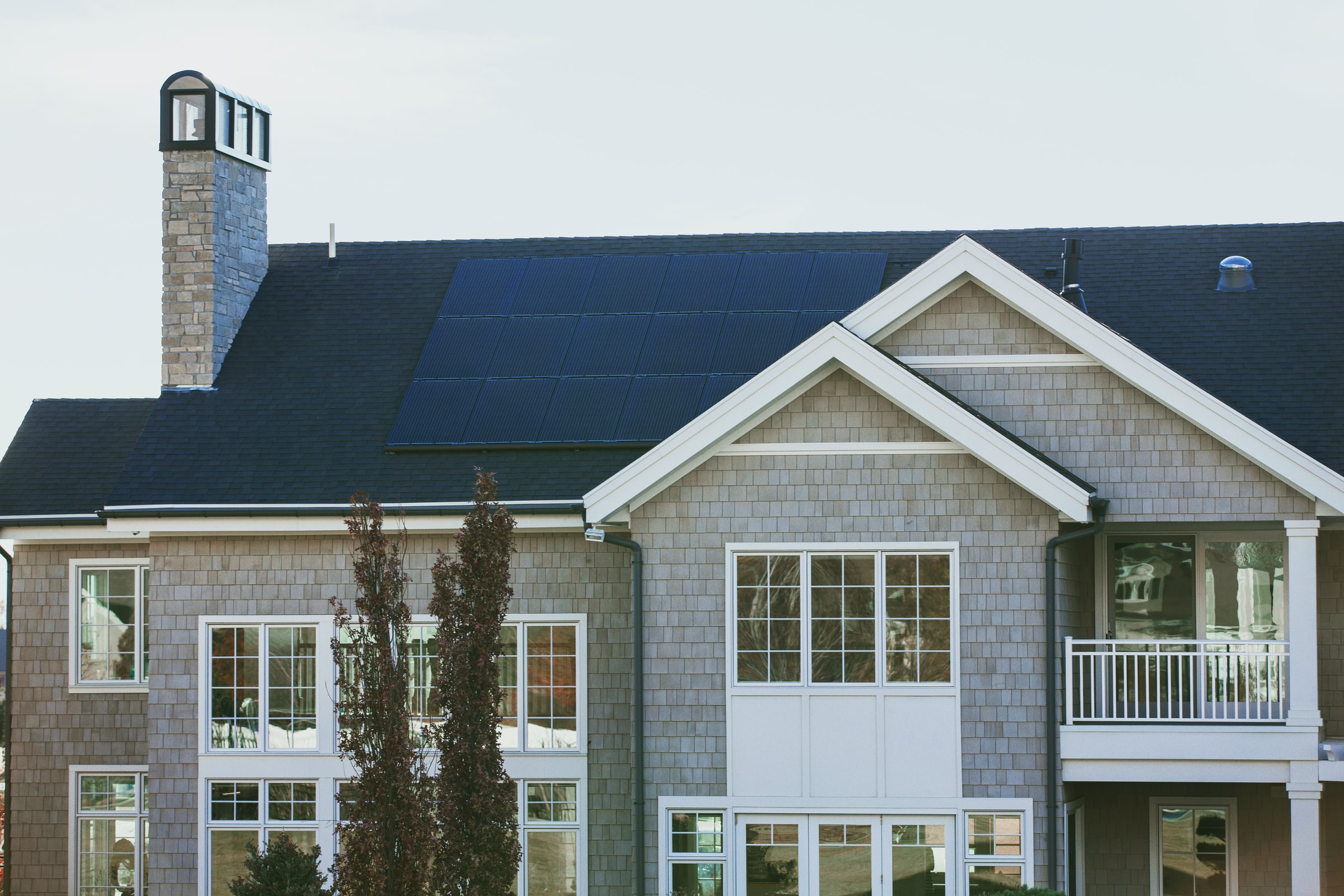Hardwood flooring adds elegance and warmth to any home, but over time, its stunning appearance can diminish. Instead of opting for a complete replacement, consider hardwood floor refinishing as a sustainable and economically smart solution. This process not only restores the beauty of your floors but also represents an eco-conscious choice that benefits the environment. Read More
May, 2025






















 Everyone knows that summertime is the season for outdoor activities. But, did you know that the comfort of outdoor activities and your outdoor performance will depend on your fashion choice?
Everyone knows that summertime is the season for outdoor activities. But, did you know that the comfort of outdoor activities and your outdoor performance will depend on your fashion choice?



